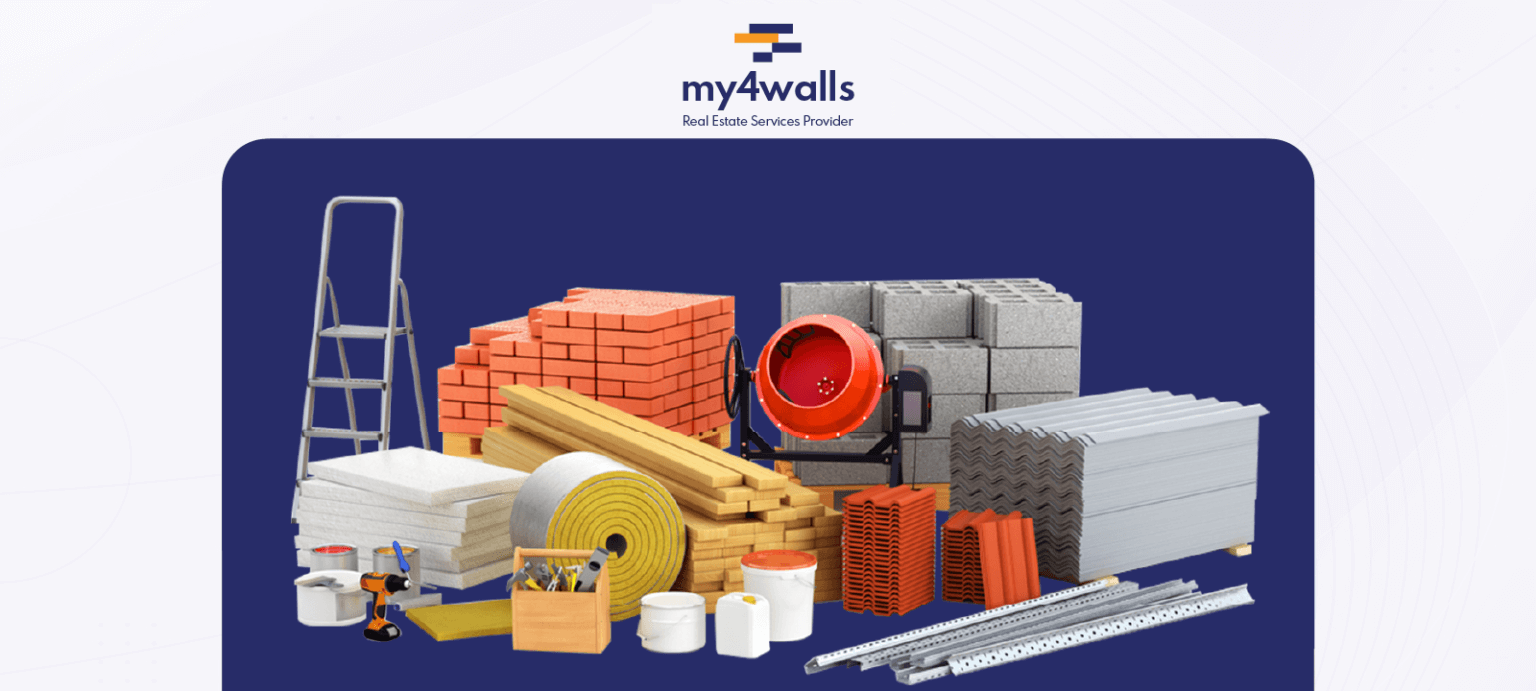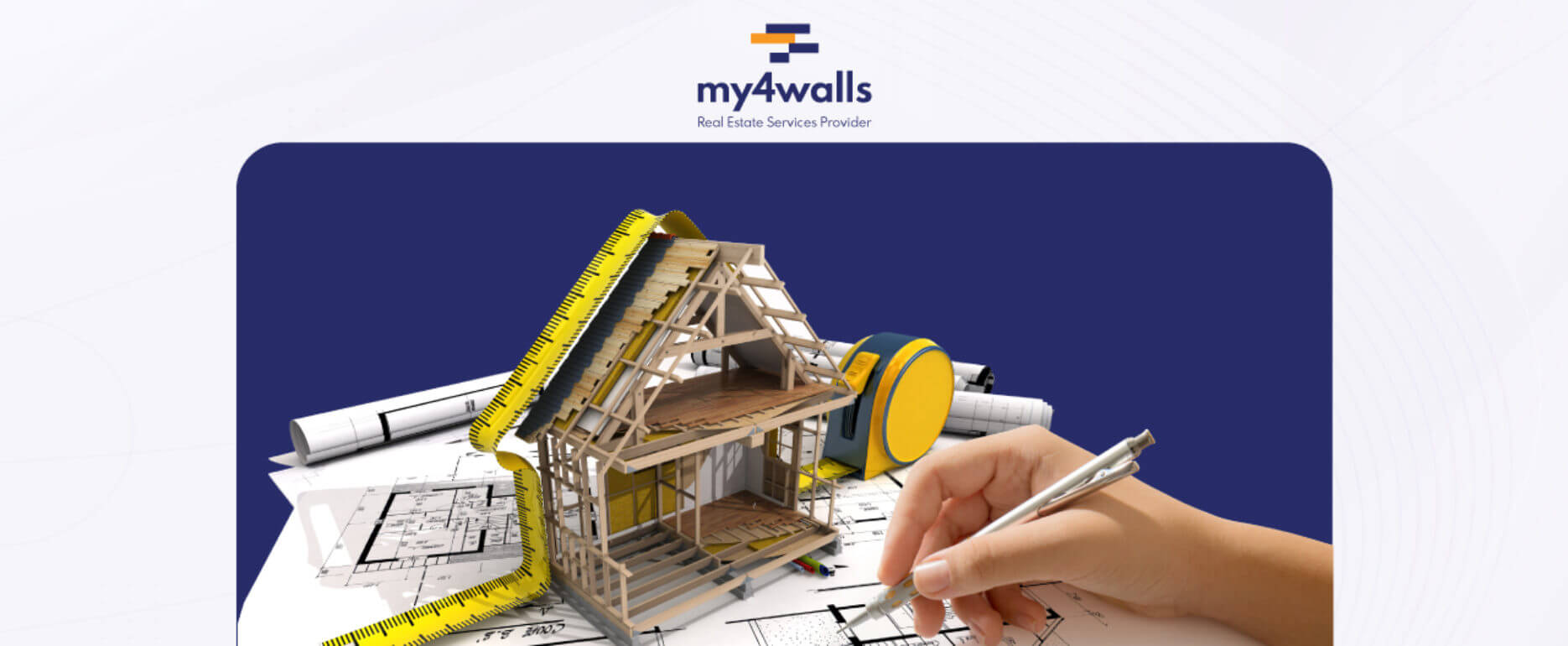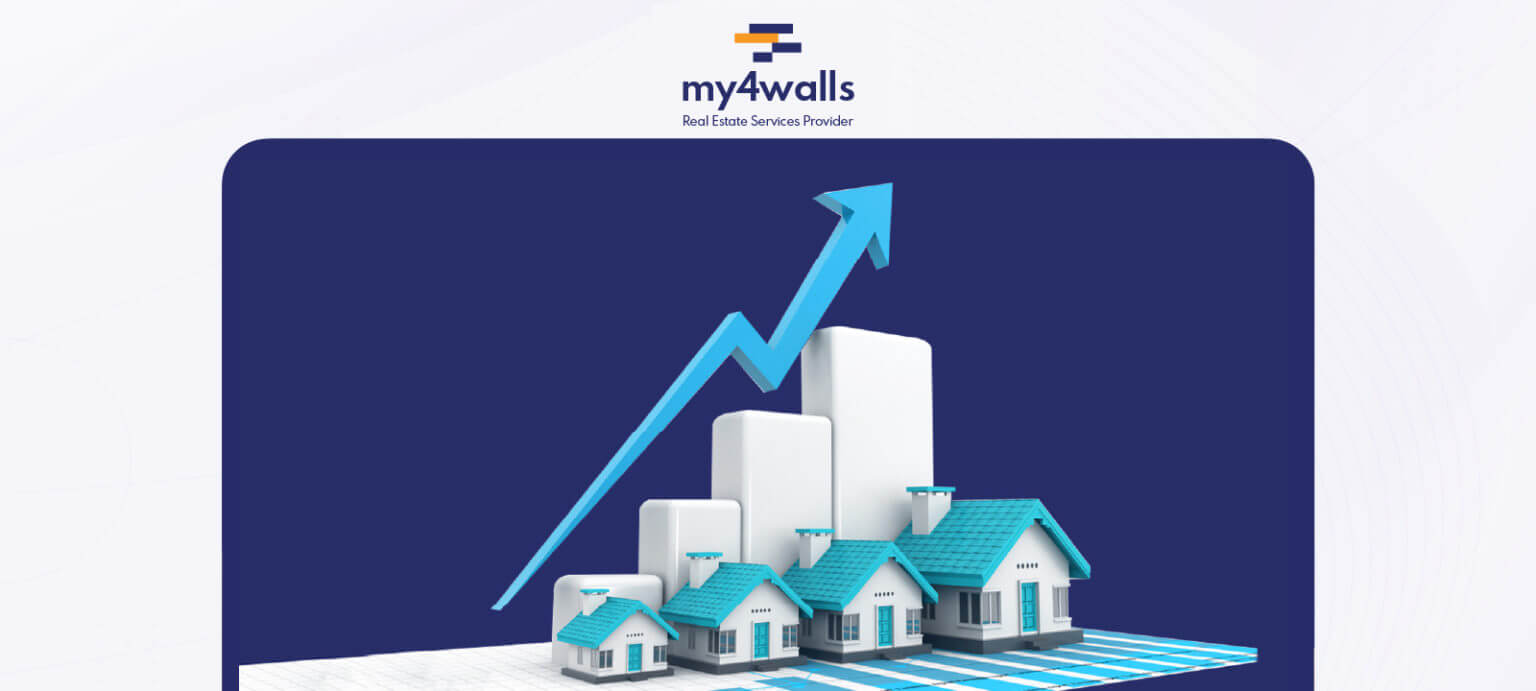
The Rise of Sustainable Construction: Building the Future Responsibly
In today’s rapidly evolving world, the construction industry is experiencing a transformative shift. Sustainable construction is no longer just a buzzword, it’s a necessity. With increasing awareness about climate change, resource depletion, and environmental degradation, the demand for eco-friendly building practices has surged. Governments, corporations, and homeowners are all leaning toward greener alternatives, making sustainable construction one of the most important trends in 2025.
What is Sustainable Construction?
Sustainable construction refers to the practice of creating structures using processes and materials that are environmentally responsible and resource-efficient throughout a building’s life cycle, from planning and design to construction, operation, maintenance, renovation, and demolition. The goal is to reduce the overall environmental impact of a building while improving the health and comfort of its occupants.
Why is Sustainable Construction Trending?
Several factors have contributed to the rise of sustainable construction:
- Environmental Concerns
The construction industry is responsible for a significant portion of global carbon emissions. Traditional construction methods rely heavily on non-renewable resources and generate considerable waste. Sustainable construction aims to minimize these impacts by using renewable resources, recycling materials, and reducing energy consumption.
- Government Regulations and Incentives
Governments around the world are implementing stricter regulations to promote green building. Incentives such as tax rebates, fast-tracked permits, and grants for green certifications like LEED (Leadership in Energy and Environmental Design) are encouraging builders to adopt sustainable practices.
- Economic Efficiency
Although the initial cost of sustainable construction may be higher, the long-term savings are significant. Energy-efficient systems, improved insulation, and smart technologies lead to reduced utility bills. Moreover, green buildings often have higher property values and lower operating costs.
- Consumer Demand
Modern consumers are more environmentally conscious than ever before. Homebuyers and commercial tenants prefer buildings that support their values. Features like solar panels, rainwater harvesting systems, and energy-efficient lighting are no longer considered luxury, they’re expected.
Key Features of Sustainable Construction
- Energy Efficiency: Incorporating solar panels, LED lighting, smart HVAC systems, and passive solar design.
- Water Conservation: Using low-flow fixtures, greywater recycling, and rainwater harvesting.
- Sustainable Materials: Choosing recycled steel, bamboo, reclaimed wood, and low-VOC paints.
- Waste Reduction: Minimizing construction waste through recycling and prefabrication.
- Indoor Environmental Quality: Enhancing natural light, air quality, and acoustic performance.
Future Outlook
The future of construction is undeniably green. Innovations such as 3D-printed buildings using sustainable materials, carbon-negative concrete, and AI-driven energy optimization tools are shaping the next era of development. Companies investing in sustainable construction today are not only contributing to a healthier planet but are also securing a competitive edge in the marketplace.
Final Thoughts
As the global community becomes increasingly aware of the need for environmental responsibility, sustainable construction will continue to dominate the industry. Builders, architects, and developers must adapt to these changes to stay relevant and lead the way into a cleaner, smarter, and more sustainable future.
Whether you’re a homeowner planning your dream eco-home or a developer working on your next project, embracing sustainable construction is the best investment you can make, for both the planet and your bottom line.



